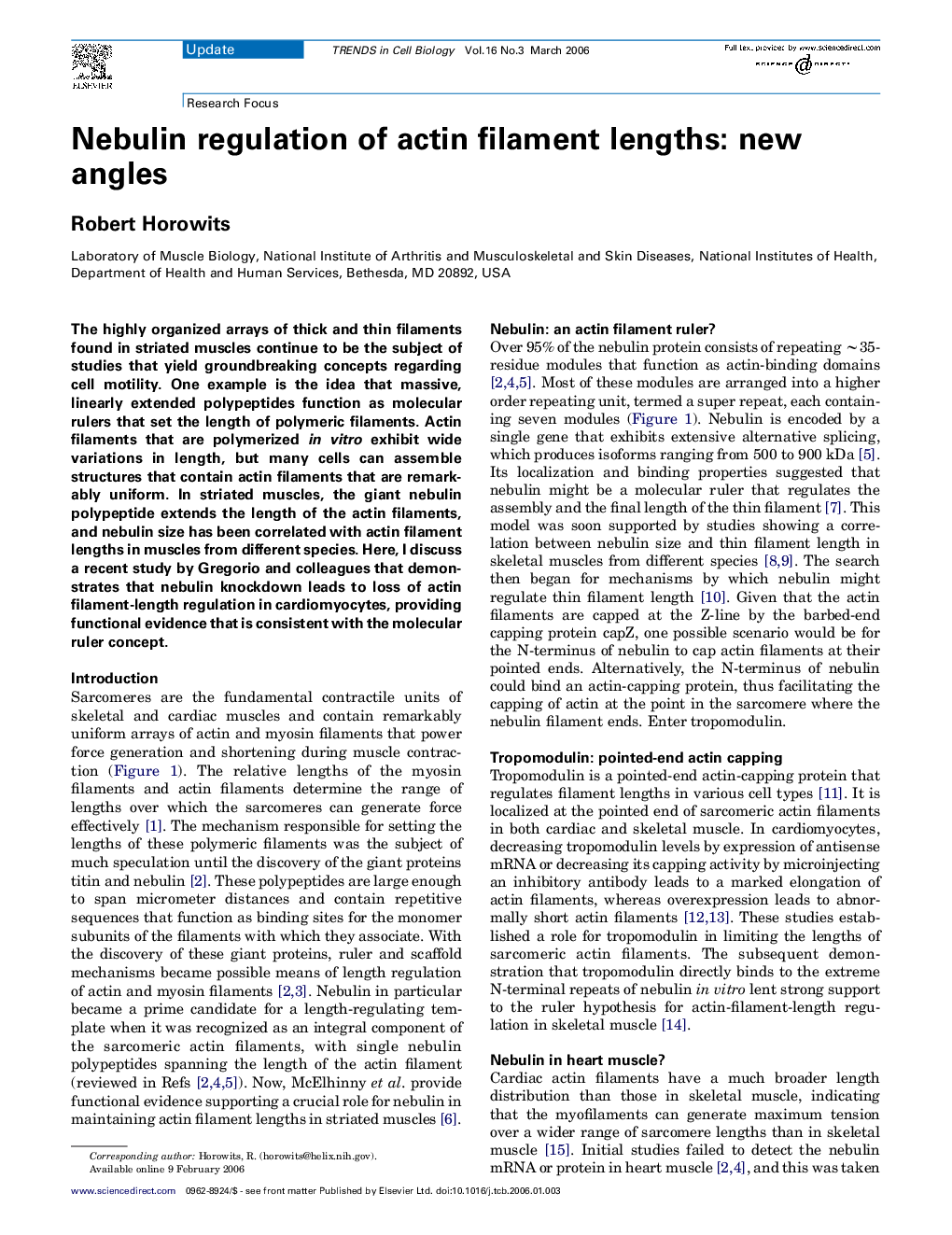| Article ID | Journal | Published Year | Pages | File Type |
|---|---|---|---|---|
| 2205366 | Trends in Cell Biology | 2006 | 4 Pages |
The highly organized arrays of thick and thin filaments found in striated muscles continue to be the subject of studies that yield groundbreaking concepts regarding cell motility. One example is the idea that massive, linearly extended polypeptides function as molecular rulers that set the length of polymeric filaments. Actin filaments that are polymerized in vitro exhibit wide variations in length, but many cells can assemble structures that contain actin filaments that are remarkably uniform. In striated muscles, the giant nebulin polypeptide extends the length of the actin filaments, and nebulin size has been correlated with actin filament lengths in muscles from different species. Here, I discuss a recent study by Gregorio and colleagues that demonstrates that nebulin knockdown leads to loss of actin filament-length regulation in cardiomyocytes, providing functional evidence that is consistent with the molecular ruler concept.
